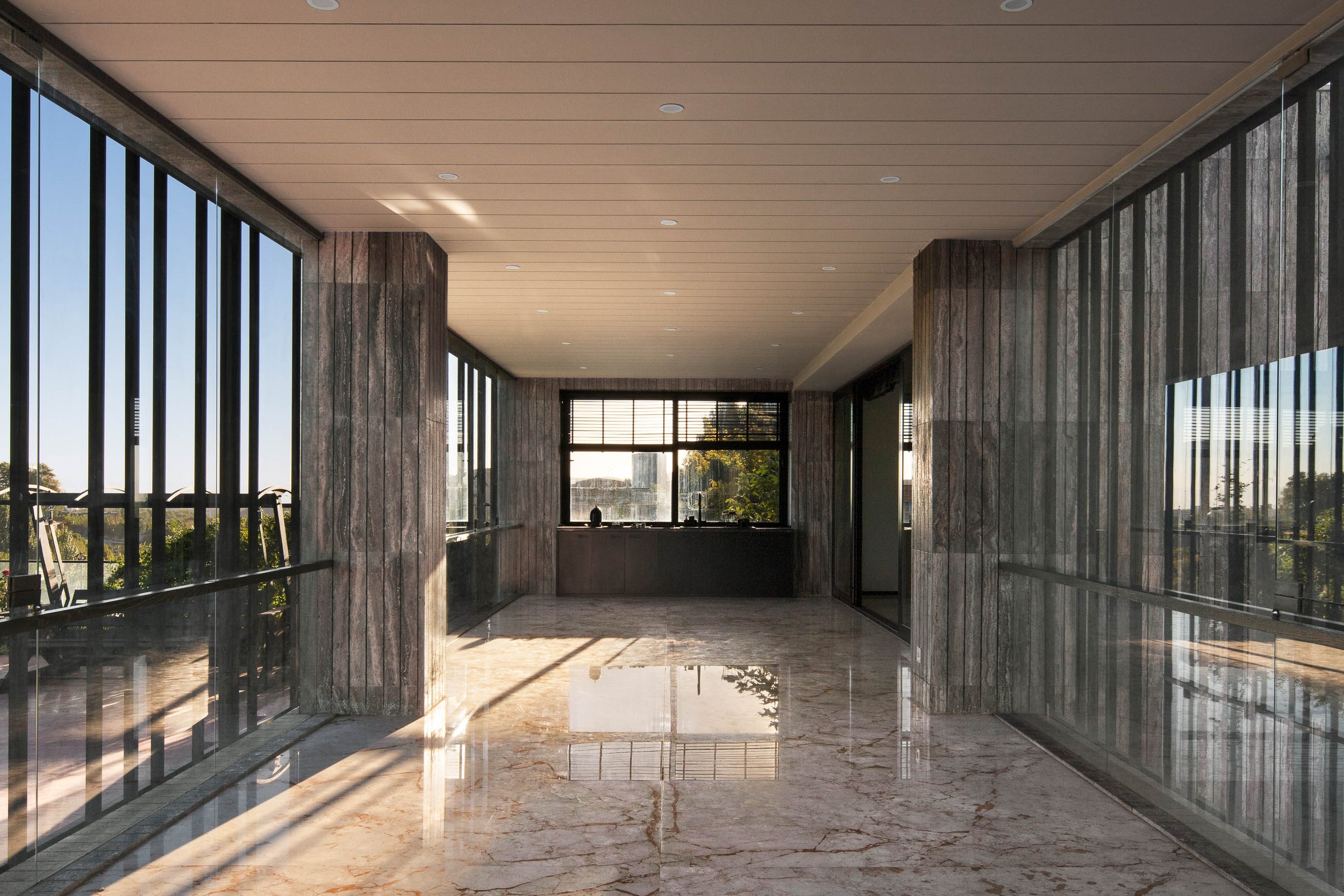Lighting in Interior Design Photography: How to Best Showcase a Space
Lighting in Interior Design Photography
Lighting is one of the most crucial and impactful elements in interior design photography. Without proper lighting, even the most beautifully designed spaces cannot truly shine. From natural light to artificial lighting, every type of illumination has a unique effect on the mood and aesthetic of images and can elevate interior design to an entirely different level. In this article, we delve into various aspects of lighting in interior design photography and provide tips to help you showcase spaces in an attractive and creative way.
The Importance of Lighting in Interior Design Photography
Lighting goes beyond merely illuminating a space. It defines the identity of a room and profoundly influences how people perceive interior design. For instance, proper lighting can evoke warmth, comfort, or luxury in an image. Conversely, poor or inadequate lighting can obscure design details or make a space appear dull.
Moreover, lighting allows photographers to add depth and dimension to their images. Effective use of shadows and highlights can transform a room from a flat, two-dimensional image into a lively and dynamic space.
The Role of Natural Light in Showcasing the Beauty of Spaces
Natural light is one of the most essential tools every interior design photographer should leverage. It makes spaces appear more authentic and inviting. However, using natural light effectively requires attention to timing and the direction of light.
- Golden Hour: Shooting during the golden hour (early morning or sunset) provides soft and warm lighting, resulting in more appealing and pleasant images.
- Managing Reflections: Using curtains or diffusers can help control natural light and prevent harsh shadows or unwanted reflections.
- Highlighting Transparency: In rooms with large windows or beautiful views, natural light can become the focal point, enhancing the sense of connection with the outdoors.
Smart Use of Artificial Lighting to Highlight Details
Artificial lighting gives photographers complete control over the lighting setup and allows them to emphasize specific interior design details. When done correctly, artificial lighting can even surpass natural light in effectiveness.
- Spotlights: Using spotlights to draw attention to specific elements like artwork, furniture, or wall patterns can make an image more captivating.
- Color Temperature: Adjusting the color temperature (warm or cool light) can set the mood of the image. For example, warm light often conveys coziness and intimacy, while cool light emphasizes modernity and cleanliness.
- Lighting Tools: Tools like lightboxes, ring lights, or adjustable LED lights can provide uniform illumination and showcase more details.
Combining Different Light Sources for Dynamic Spaces
An advanced technique in lighting is the combination of natural and artificial light. This mix can balance warm and cool tones and make spaces more visually appealing. However, this approach requires precision and expertise.
- Balancing Light: Ensure that natural and artificial light complement each other, avoiding unnatural contrasts.
- Adjusting Light Intensity: By modifying the intensity of artificial lighting, you can enhance the effects of natural light and create more visually compelling scenes.
- Using Reflections: Mirrors and reflective surfaces can distribute light throughout the space and create a brighter ambiance.
The Impact of Light Angle and Intensity on the Atmosphere
The angle and intensity of light significantly influence the mood of an image. Direct light can create drama and impact, while diffused light conveys softness and tranquility.
- Overhead Lighting: This type of lighting is often used in formal or luxurious spaces to convey grandeur and elegance.
- Side Lighting: Side lighting creates beautiful shadows and enhances the three-dimensionality of a space.
- Uplighting: Using lights from below adds a sense of modernity or mystery to an image.
Common Lighting Mistakes and How to Avoid Them
Even the most experienced photographers can make mistakes in lighting. Some common errors and ways to prevent them include:
- Overexposure: Too much light can make an image appear lifeless. Use diffusers to control light intensity.
- Unwanted Shadows: Paying attention to light sources and their angles can help prevent unsightly shadows.
- Unnatural Colors: Incorrect color temperature can make colors look unrealistic. Always adjust white balance for accuracy.
- Low Contrast: Images with low contrast may appear dull. Adjusting contrast can add more detail and vibrancy to the image.
Conclusion
Lighting in interior design photography is one of the most powerful tools to transform ordinary images into professional, eye-catching visuals. From skillfully using natural light to carefully managing artificial illumination, every aspect of lighting plays a crucial role in highlighting the beauty and details of a space. By practicing and applying the tips mentioned, you can create images that not only showcase the aesthetics of a space but also evoke emotions in viewers.


Comments
Post a Comment